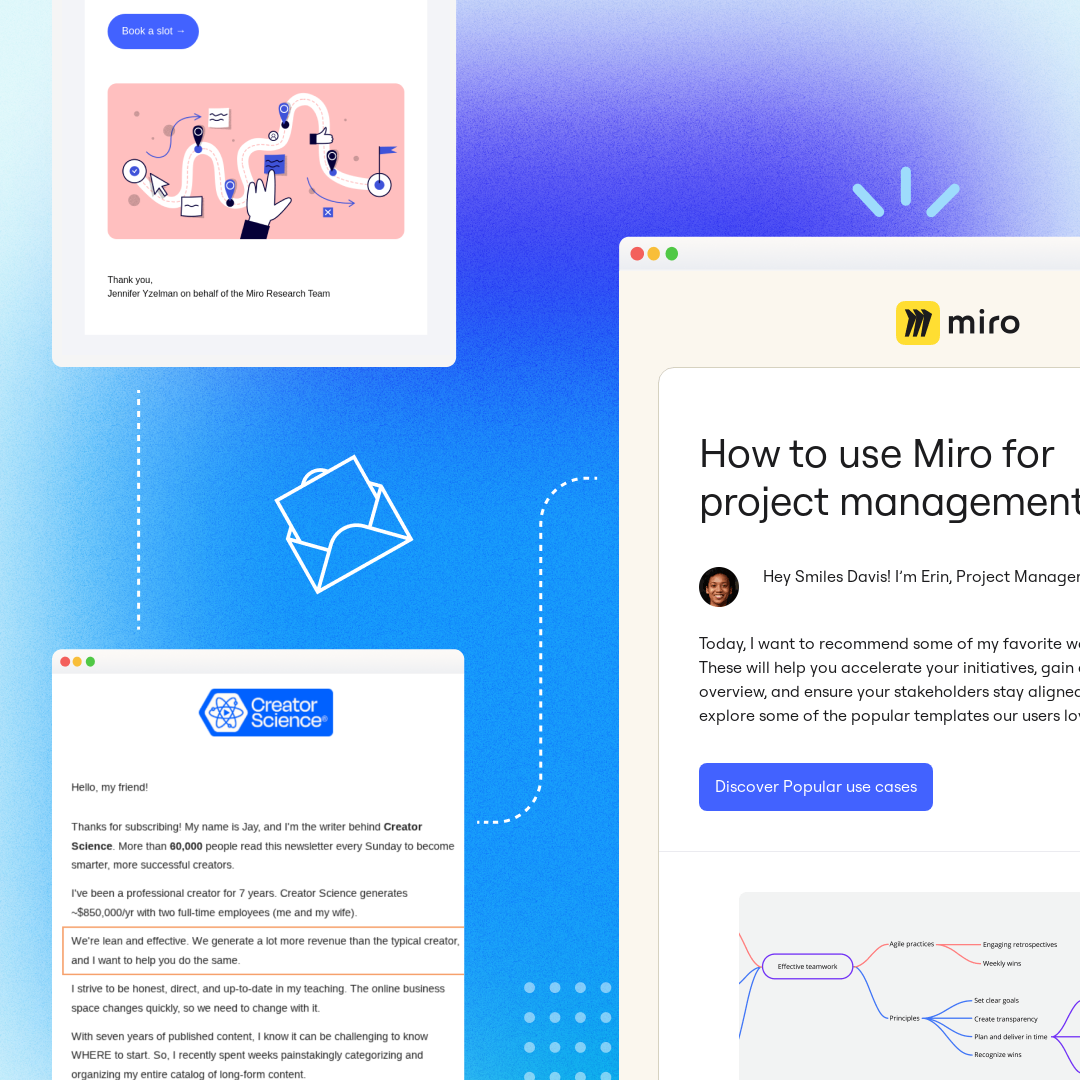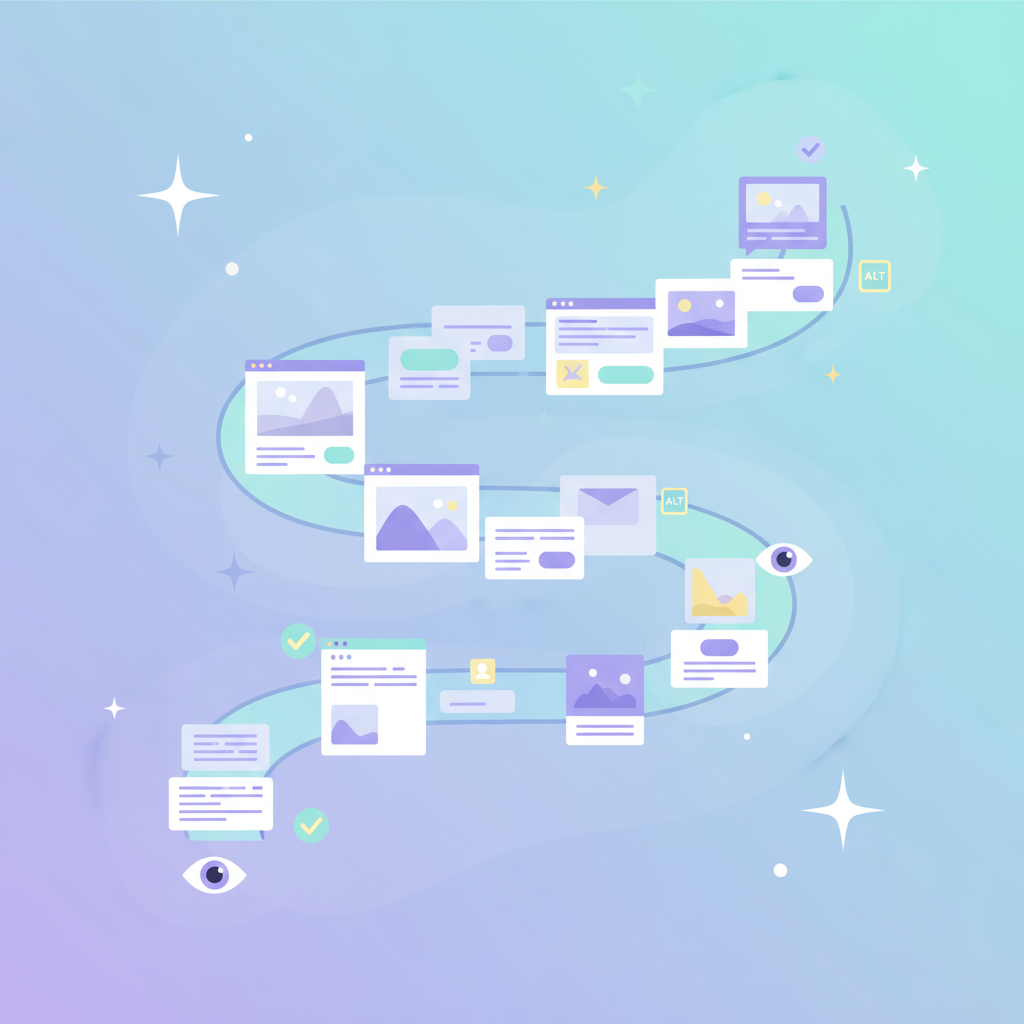
Human resource departments are an essential part of any growing business. Their number one goal is to ensure that employee engagement remains high. This helps HR teams foster strong company culture and ensure employee retention. It’s simple: the happier employees are, the more willing they are to stay at their job. But also the more inclined they are to be productive, engaged, and proud of their work.Managers and HR departments are in constant communication and collaboration to ensure employee engagement efforts are successful. Some of these efforts are regular surveying of employees, in-person check-ins, and continuous communication of company-wide updates. These tasks are often time-consuming and repetitive and keep human resource professionals from working on more significant tasks. Because of that, these teams are reliant on smooth systems and tools that help them conduct these tasks faster and more efficiently.
Here enter email design systems:
A design system is a set of guidelines and principles that outline the components and patterns that make up your brand. When it comes to creating email newsletters, email design systems ensure that communications across the organization remain on-brand. Human resources teams often face challenges when creating engaging email content. For one, they believe that they have to build designs from scratch every time. Secondly, they over-rely on designers to maintain the visual identity of outgoing emails. These challenges take time and result in a loss of productivity and deadlines. Design systems help tackle these challenges by providing guidelines and assets to quickly and easily create professional and on-brand newsletters and landing pages.
How to Use Email Design Systems in HR
In today’s era of remote work, email has become the most effective way of communicating. According to a DMR report, the average office employees receive 121 emails per day. For this reason, each email sent out by a company needs to be on-brand and engaging. If not, they might be ignored or worse, sent to spam.Many HR teams see email marketing as essential but time-consuming. Implementing email design systems helps reduce time spent on employee newsletters, announcements, and updates.An effective email design system includes:
- Brand colors and brand guidelines: font size and usage, logo usage, icons, etc.
- Reusable content blocks: headers, footers, call to action buttons, social links. Reusable content blocks are an example of modular design.
- Email templates: templates for job opportunities, onboarding, offboarding, or employee satisfaction surveys.

BEE Pro has over 1,400+ professionally designed email templates for any occasion.While there are many other email design systems HR teams can implement, these are the three most essential. Not only do these systems help save time in the email creation process, but empower HR teams to stop overlying on designers.The next step is to find the right tool.
Finding the right design tool to implement email design systems.
Enrica Lipari from our People & Culture team shared that finding the right tool should “enable us to do our work efficiently and effectively.” Many design tools take some time to learn, adding to an already busy HR schedule. They are also not user-friendly and can be complex for non-designers. When it comes to finding the right tool to implement email design systems, there are three things HR teams should look for:
Collaborative Features
HR teams often collaborate with designers and copywriters to ensure all outgoing communication is consistent and cohesive. A design tool that offers collaborative features helps cut down the time spent emailing back and forth. As well as, ensuring everyone is working together to achieve a common goal.Collaborative features include anything from co-editing, the ability to leave comments on the platform, to user roles and management control.BEE Pro is a free no-code design tool that makes it easy for everyone to design, collaborate, and send emails all in one platform. The multi-user support allows teams to easily design, review content, and leave comments, speeding the email creation process.

Time-Saving Features and Ease of Use
As previously mentioned, most of the tasks done by HR teams are repetitive and time-consuming. The right design tool should help HR teams save time at every step of the process, as well as,be intuitive enough for everyone to use regardless of skill level. The BEE Template Cataloghelps you do both. With over 1,500+ free customizable templates and the global setting options, you can easily customize any template and make it your own. For instance, Enrica and the rest of the People & Culture team use email templates within BEE Pro to quickly onboard employees and send out company updateThe saved row feature allows HR teams to build design systems and reusable content blocks to reuse across emails and landing pages. Synced rowstakes it one step further and helps keep design systems updated, error-free, and on brand. With synced rows, changing the contents of a row in one templates automatically "syncs" said changes in all area where that row takes place.This is especially useful for headers, footers, social links, and menu bars that need to be updated regularly.

Ready to get started?
Sign up for a free BEE Pro account today and get access to 1,400+ email and landing pages, including The BEE Recruitment Templates Collection. This collection was made with HR teams in mind. Quickly onboard new team members, share company-wide updates, and post job opportunities.

Editor’s Note: This post was updated on February 2023 to ensure accuracy and comprehensiveness.



